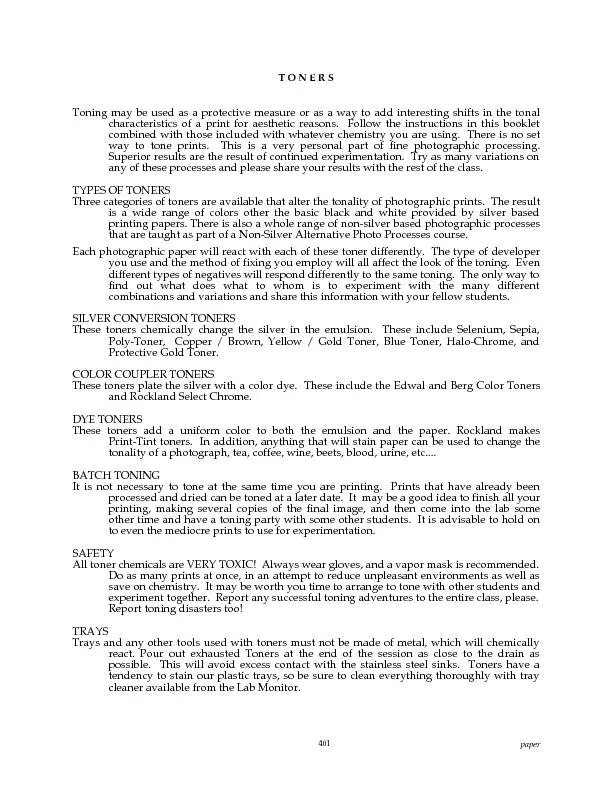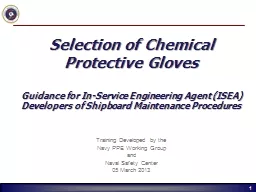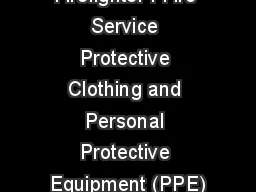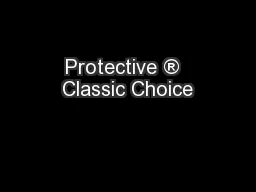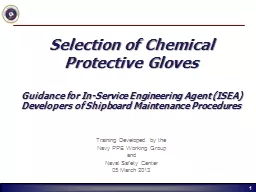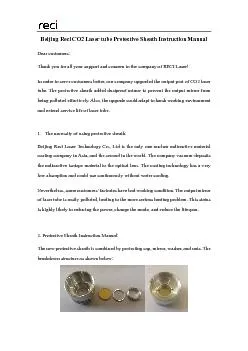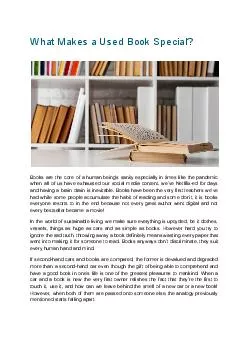PDF-T O N E R SToning may be used as a protective measure or as a way to a
Author : faustina-dinatale | Published Date : 2016-08-14
S I L V E R C O N V E R S I O N T O N E R SThese toners convert the silver in a photographic image to some other insoluble material Thisalters the color of the print
Presentation Embed Code
Download Presentation
Download Presentation The PPT/PDF document "T O N E R SToning may be used as a prote..." is the property of its rightful owner. Permission is granted to download and print the materials on this website for personal, non-commercial use only, and to display it on your personal computer provided you do not modify the materials and that you retain all copyright notices contained in the materials. By downloading content from our website, you accept the terms of this agreement.
T O N E R SToning may be used as a protective measure or as a way to a: Transcript
Download Rules Of Document
"T O N E R SToning may be used as a protective measure or as a way to a"The content belongs to its owner. You may download and print it for personal use, without modification, and keep all copyright notices. By downloading, you agree to these terms.
Related Documents

